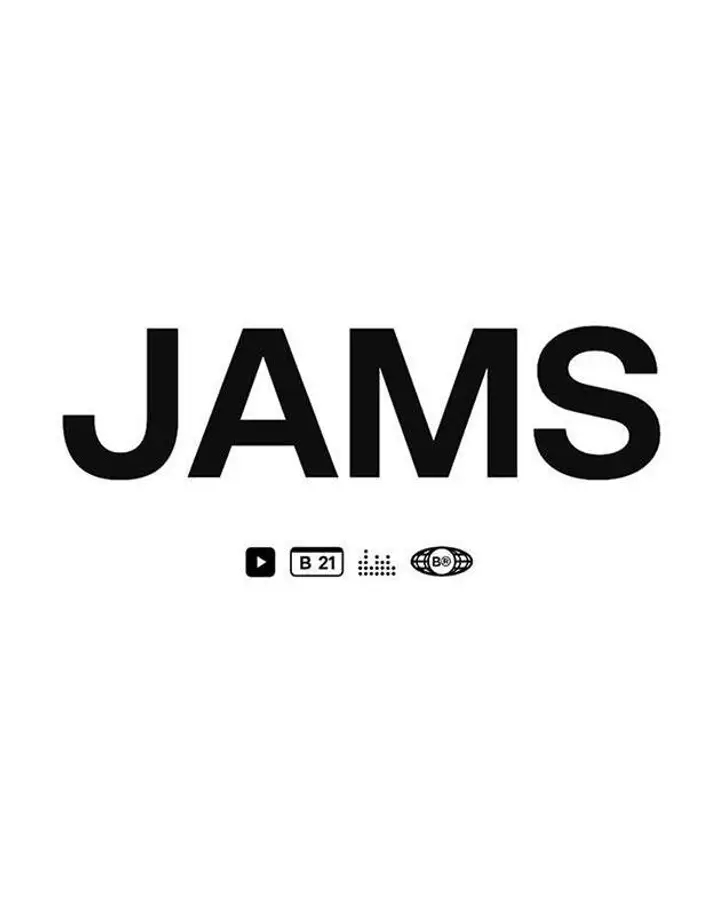HowQSRsaretransformingthetransactionalrelationshipwithcustomers●

There is a delicate ecosystem at play within the Quick Service Restaurant (QSR) category. Between brand-owned digital apps and third party aggregators, expectations are high and customer relationships are more important than ever. And while owning that customer relationship end-to-end is wildly beneficial for QSRs, aggregators are still partners in delivering on customer needs. The goal is to offer consumers the value and unique brand experience they expect on native platforms, while still maintaining a presence on third-party apps. Achieving a proper balance of these two worlds is key in taking the customer relationship from transactional to long term.
Between short queues and fresh food, customers are looking for a seamless experience from initial order to final handoff. And since the early days of COVID, when we saw a major downturn in on-premise ordering and dining, aggregators have delivered on this expectation, alleviating tensions for both customers and QSRs. Digital channels became a necessity during this time, and third-party delivery apps have kept up a steady momentum since, offering valuable features like delivery tracking, customer service, and a wide variety of options available. Now, QSR brands are realizing the value in building their own digital foundations. Here, they can offer that seamless experience while maintaining ownership of critical data—opening the door to countless opportunities to connect with customers and strengthen the relationship. Features like loyalty programs, personalizations, and easy re-ordering can help build an elevated brand experience, ultimately keeping customers engaged and satisfied within native ecosystems.
To drive consumers to a brand-owned app, QSRs must offer a compelling enough value proposition—one that is strong enough to move customers away from ordering in-person or through their preferred aggregators. This can be as simple as offering a free or discounted item in exchange for downloading the app, or perhaps capitalizing on long term advantages within the app, like customization, order tracking, and more. One of the biggest advantages QSR brands have at their disposal is menu exclusivity. In this case, brands can limit menu items offered by aggregators, reserving key items for native platforms. Whether for limited edition items or consistent fan-favorites, creating this exclusivity is a unique way to deliver on value and incentivize users to choose a brand-owned app over an aggregator.
Now that customers are engaging with your platform, what happens next? Sustaining that initial value is crucial in building relationships with customers and personalization, menu curation, and loyalty programs are a solid place to start. With proper customer and order data in place, a brand can offer saved order history for easy re-ordering, suggested locations and saved preferences, personalized deals, and so much more. All of which help reduce friction throughout the purchase experience and keep customers happy. Taco Bell has successfully taken personalization efforts one step further, implementing Menu Curation at self-serve kiosks to cater to the user’s preferences. The “Veggie Mode” toggle promptly trades the traditional menu for a vegetarian-friendly version—removing the need for customization all together and providing that seamlessness customers desire. When a brand owns this level of individual customer data, the opportunity to implement features like this within their own digital experience becomes possible, and ultimately fosters a better relationship.
Perhaps the most valuable step in fostering this relationship has been the implementation of loyalty programs across brands. Not only can these programs incentivize a first time-purchase, but they have incredible potential to drive repeat business and engagement, with 46% of customers claiming that earning rewards is what keeps them coming back to the app. It’s also worth mentioning the connection they create between digital and retail experiences—what historically has been two very separate journeys, now has potential for overlap. A common feature within brand-owned loyalty programs is the use of QR codes, both in the app and in-person. When a customer scans their code at the drive-thru or order kiosk, they can earn their loyalty points, and even receive personalized offers or curation based on previously collected data. The key here is ease of use, both within the app and at the restaurant. The ability to quickly pull up the app’s rewards program on your phone, and scan a code for immediate recognition makes all the difference in a customer’s experience. Done successfully, the QSRs digital app just became a pillar of the retail experience plus unlocked even more consumer insights and possibilities.
While QSR brands work to bring consumers back into the fold of their own native platforms, it is vital to maintain a presence on third-party platforms. Aggregators have proven immense value through their delivery services, reliable customer service, and of course, variety. So it’s important to consider the possibility for conversion or new customer acquisition, through these apps that consumers already trust and interact with. At any given moment, on any given platform, consumers are engaging with QSR brands at different points in their journey, with different needs to be met. And in order to meet those needs, QSR brands have to both embrace and compete with aggregators. Brands like Taco Bell and Domino’s have already embraced partnerships with aggregators, finding unique ways to fit them into their native ecosystem. In Taco Bell’s case, they’ve white-labeled the delivery service within their own app, meaning customers might be ordering through the brand, but the final delivery is outsourced. Whereas with Domino’s, customers can order via aggregator yet receive their delivery from Domino’s drivers—an ideal scenario that both utilizes an aggregator, yet allows for ownership of the final handoff. Another great case for this is one of McDonalds’ stunts in their Latin American market. The campaign features real moments captured by McDonald’s delivery drivers, as they handed an order off to a customer. Not only is it a clever ad, but it allowed the brand to further capitalize on a trend they were already leading—that is, holding the third highest share of digital food deliveries in this market.
In a competitive industry like the QSR space, treating every consumer touchpoint as an opportunity to strengthen that relationship is essential. And in a landscape where you have two parties competing for the same order, it can be beneficial to find ways to work with one another, rather than against each other. QSR brands that can both compete with aggregators on the value and convenience their platforms offer customers, as well as embrace the service they provide to new and existing customers, are one step ahead in turning a transactional moment into a deeper customer relationship.
Photography: Clay Boan




